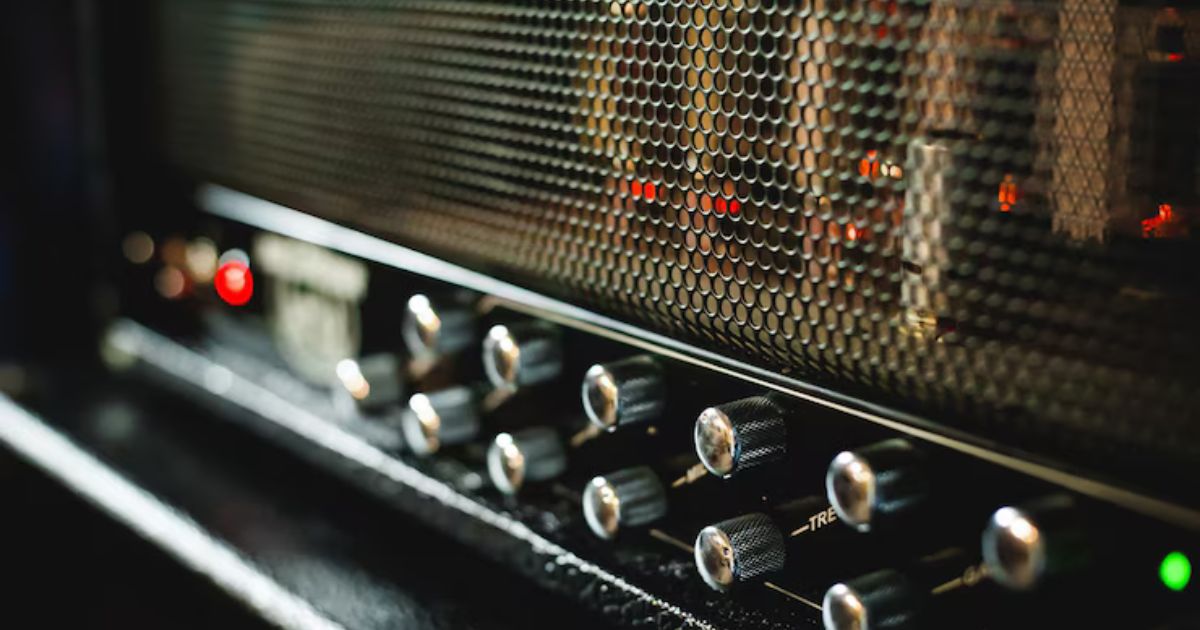A 5 channel amp is a car audio amplifier designed to power five speakers: typically four for your car’s front and rear door speakers and one dedicated to a subwoofer. It’s a convenient, all-in-one solution that minimizes wiring clutter and simplifies audio system setups.
Why Choose a 5 Channel Amplifier?
Choosing a 5 channel amplifier offers several benefits. First, it saves space by combining two amps into one—one for speakers and one for your subwoofer. Second, it streamlines installation and improves overall sound balance, giving you a full-range audio experience with less effort.
How a 5 Channel Amp Works
A 5 channel amp splits its power across five outputs. Channels 1 through 4 usually power your standard speakers (two front, two rear), while channel 5 is a high-powered mono channel meant specifically for a subwoofer. This setup ensures crisp mids and highs along with deep, punchy bass.
Ideal Use Cases for 5 Channel Amps
If you’re upgrading your factory car audio system or building a custom one from scratch, a 5 channel amp is perfect. It’s ideal for sedans, SUVs, and trucks where space is a concern but sound quality can’t be compromised. It’s also popular among first-time audio system builders.
Features to Look for in a 5 Channel Amp
When shopping for a 5 channel amp, consider RMS power ratings, compatibility with speaker and subwoofer impedance, built-in crossovers, and thermal protection. A good amp should support both low- and high-level inputs, offer bridgeable channels, and have a compact, durable build.
Popular Brands Offering 5 Channel Amps
Brands like Rockford Fosgate, JL Audio, Alpine, Pioneer, and Kenwood are known for reliable 5 channel amps. These companies offer options that vary in price, power output, and size, making it easy to find a model that fits your setup and budget.
Understanding RMS vs Peak Power
RMS (Root Mean Square) is the continuous power an amp delivers, while peak power is the maximum it can handle for a short burst. Focus on RMS ratings when comparing amps—this figure determines how well your music plays over time without distortion.
Wiring a 5 Channel Amp
Wiring a 5 channel amp involves connecting the power cable to your car battery, grounding the amp to a metal chassis point, and running speaker wires from the amp to each speaker and subwoofer. Using quality cables and a distribution block is essential for safety and performance.
Tuning a 5 Channel Amp for Best Sound
Tuning your 5 channel amp ensures you get the best sound quality. Start by adjusting gain settings, then fine-tune the high-pass and low-pass filters. Make sure each speaker and sub is balanced and free of distortion. A multimeter or an oscilloscope can help dial in exact values.
Benefits of Upgrading to a 5 Channel Amp
Upgrading to a 5 channel amp boosts your sound system’s clarity, volume, and bass response. It eliminates the strain on your car’s head unit and allows you to control your audio settings more precisely. It’s the single best upgrade you can make for an immersive in-car listening experience.
Comparing 5 Channel Amps vs. Separate Amps
While using two separate amps (a 4 channel and a mono) gives more flexibility and often higher power, it takes up more space, requires complex wiring, and costs more. A 5 channel amp balances performance and convenience, making it ideal for most users.
Compact vs Full-Size 5 Channel Amps
Compact amps are great for tight spaces like behind seats or under dashboards. They’re usually class D and energy efficient. Full-size amps offer more power and may include extra cooling features, but they require more room and airflow. Choose based on your car’s layout and audio needs.
Understanding Class A/B vs Class D Amps
Class A/B amps offer better sound quality with less distortion, while Class D amps are more efficient, run cooler, and are more compact. Most modern 5 channel amps are Class D, offering a perfect balance between performance and practicality.
Installing a 5 Channel Amp Safely
Safety first—disconnect your battery before beginning. Use a fuse close to the battery, ensure proper grounding, and double-check your wiring diagram. If unsure, consider hiring a professional installer to avoid damage or electrical shorts.
Price Range of 5 Channel Amps
Prices vary based on brand, power output, and features. Budget models can start around $100–$150, while premium amps with advanced tuning options or higher wattage can exceed $500. Always compare specs, not just price, to get the best value.
Best 5 Channel Amps in 2025
As of 2025, some top-rated 5 channel amps include:
Rockford Fosgate R600X5: Budget-friendly and reliable.
Alpine PDR-V75: Compact and efficient with great sound.
JL Audio XD700/5v2: Premium performance with minimal distortion.
Pioneer GM-D9705: Powerful and compact.
Kenwood Excelon X802-5: Well-balanced and feature-rich.
Each offers unique advantages depending on your needs and budget.
Troubleshooting Common Issues
If your 5 channel amp isn’t working right, check power and ground connections first. Make sure your remote wire is active, inspect fuses, and ensure your gain settings aren’t too high. If there’s no sound, verify that your input signal is connected correctly.
Conclusion
A 5 channel amp is a powerhouse upgrade for anyone wanting to boost their car’s sound quality without overcomplicating the setup. With just one device, you can control your full speaker system and subwoofer, get clearer sound, and enjoy your music the way it was meant to be heard. Whether you’re a beginner or an enthusiast, a 5 channel amp is a smart, space-saving choice for superior audio performance.
FAQs
Can I use a 5 channel amp without a subwoofer?
Yes, you can use just the four speaker channels and leave the subwoofer channel unused.
What’s the best place to install a 5 channel amp in a car?
Common locations include under a seat, in the trunk, or behind panels—wherever space, ventilation, and access are available.
Do I need a special battery for a 5 channel amp?
Not usually, but if your amp draws a lot of power, a high-output alternator or secondary battery might help.
Can I bridge channels on a 5 channel amp?
Some models allow bridging for more power output. Always check the manufacturer’s specs before doing so.
How long does it take to install a 5 channel amp?
DIY installation can take 2–4 hours depending on your experience. Professional installation may be quicker but comes at a cost.











